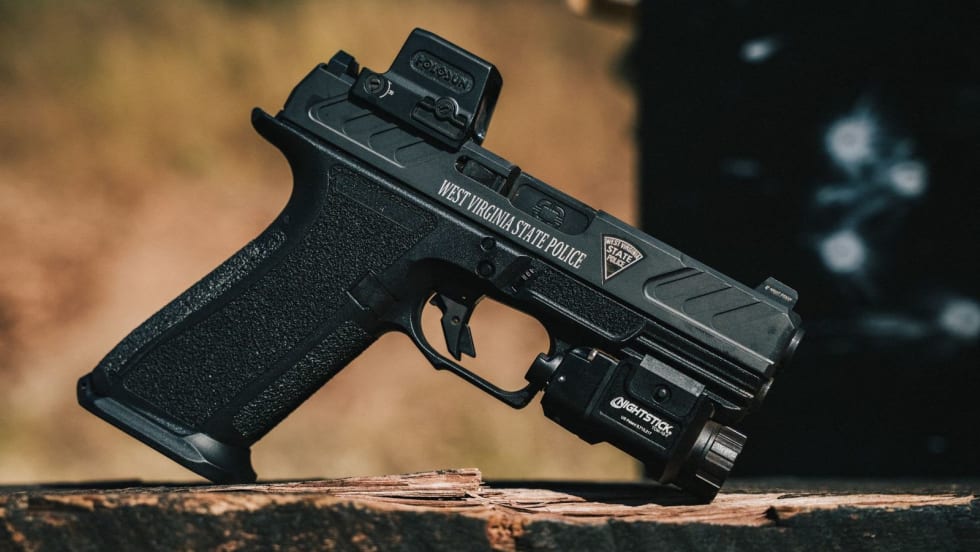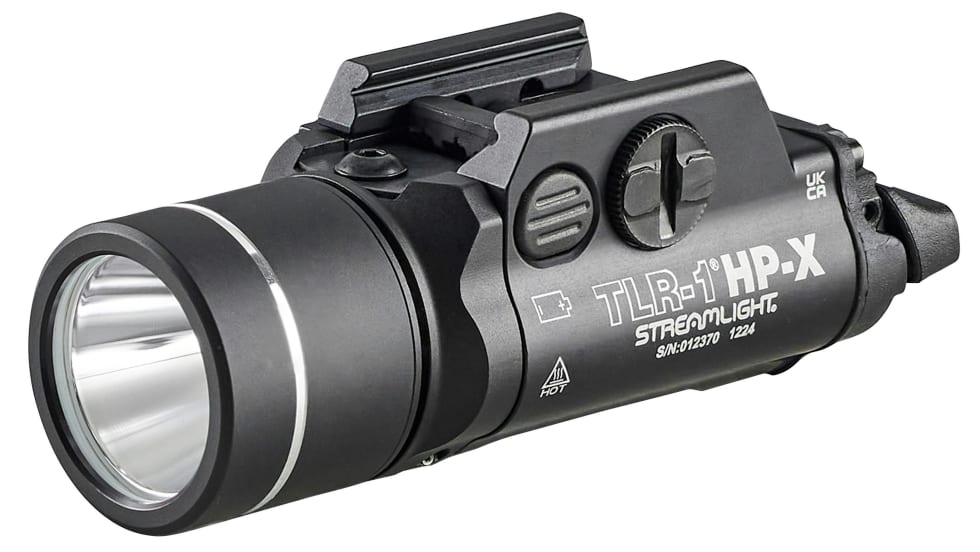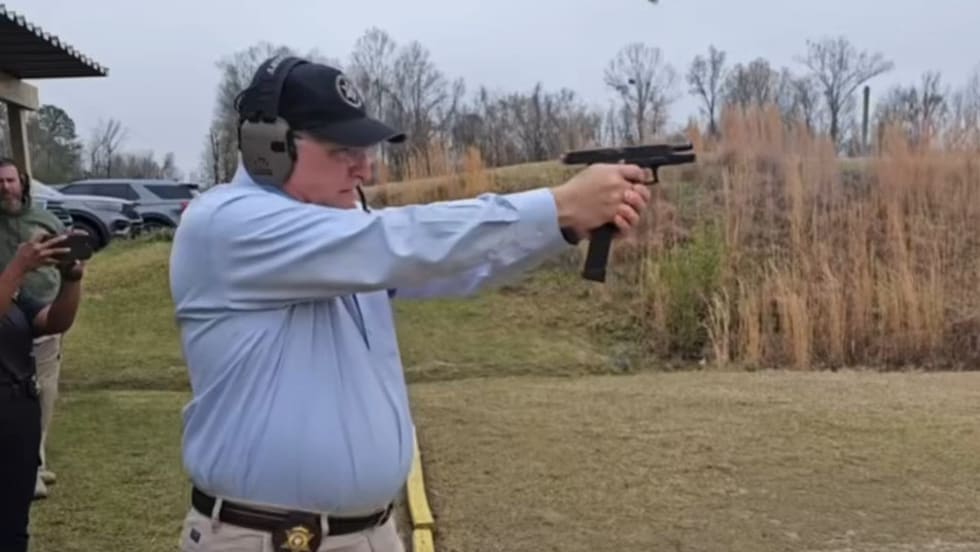12. Evaluate communications. Quite often, tactical arenas will contain dead spots (areas where radios will not transmit or receive). When these areas are discovered, the information must be passed on to all units involved so that other types of communications can be developed.
13. Identify physical protection systems, such as alarm systems, closed circuit televisions, lighting, guard dogs, fences, and any hardened areas. Ironically, physical protection systems designed to protect an area may actually assist perpetrators after a breach has occurred. A perpetrator may use physical protection devices as early warning devices that SWAT operators are moving into the area. Physical protection systems may require sniper neutralization or team circumvention.
14. Perform range estimations for priority features located in the target area. For example, windows, doors, stairs, parked vehicles, observation points, high speed avenues of approach or escape, obstacles, etc. These predetermined ranges allow tactical operations to establish "time hacks" used for the timing of the operation.
15. Perform other tactical team duties. If the situation does not lend itself to the efficient use of snipers, they may be assigned to other tactical team duties. There is no reason for supervisors to relegate snipers to rigid, narrowly defined duties. Indeed, many departments do not have an unlimited source of manpower to expend in lock-step fashion. Flexibility is the key to successful tactical operations and snipers may be the most flexible of all SWAT team members.
The exact way in which snipers are employed is governed by many factors, but if snipers are to be employed effectively, police supervision must have a sound grasp of the tactical situation and a total undertaking of the sniper units' capabilities.









